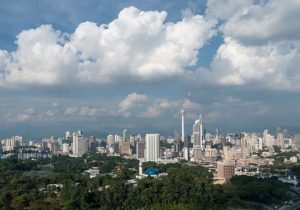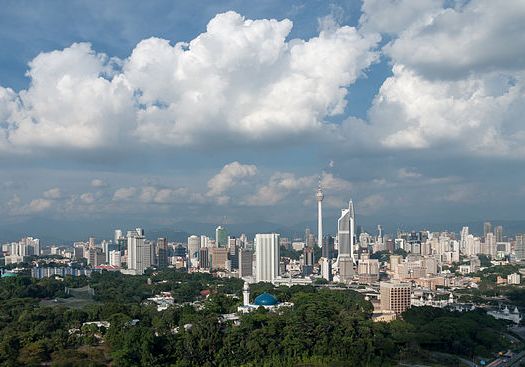 Developing Asia is expected to grow steadily despite external pressures and should meet earlier forecasts for 2016 and 2017, aided by resilience in the region’s two largest economies—China and India, says a new Asian Development Bank (ADB) study.
Developing Asia is expected to grow steadily despite external pressures and should meet earlier forecasts for 2016 and 2017, aided by resilience in the region’s two largest economies—China and India, says a new Asian Development Bank (ADB) study.
Gross domestic product in the region is expected to grow by 5.7% in 2016 and 2017, only slightly down from 5.9% in 2015, and unchanged from the ADB’s March estimates, according to an update of its flagship annual economic publication Asian Development Outlook (ADO) 2016.
“Strong growth in the PRC and India is helping the region maintain its growth momentum,” said Juzhong Zhuang, deputy chief economist. “Still, policymakers need to watch for downside risks including potential capital reversals that could be triggered by monetary policy changes in advanced economies, especially the US.”
A delayed recovery continues to hamper major industrial economies (U.S., euro area, and Japan), and the ADO Update has trimmed the earlier 2016 growth forecast for this group to 1.4%, rising slightly to 1.8% in 2017.
Fiscal and monetary stimulus measures supported stronger-than-expected growth in China. The ADO Update raised China’s growth forecasts by 0.1 percentage points in 2016 and 2017, to 6.6% and 6.4%, respectively, which is helping to offset sluggishness elsewhere in East Asia. The subregion is now expected to grow 5.8% in 2016, and 5.6% in 2017.
South Asia, driven by the Indian economy, will retain its rapid pace of growth with GDP seen expanding 6.9% in 2016, and 7.3% the following year, unchanged from the March forecasts. India’s growth forecast for fiscal year 2016 is kept at 7.4%, supported by strong private consumption, while the milestone tax reform passed this year and progress in restructuring bank balance sheets should help revive investment and propel growth of 7.8% in 2017.
Southeast Asian economies will see growth edge up to 4.5% in 2016 on the back of robust government infrastructure investment, supported by strong performances from the Philippines and Thailand. In 2017, the subregion is expected to grow by 4.6% as it benefits from a pickup in demand from advanced economies and higher prices for export commodities. Growth in the five large economies in the Association of Southeast Asian Nations—Indonesia, Malaysia, Philippines, Singapore, and Thailand—is forecast to hit 4.8% in 2016 and 5.0% in 2017.
Central Asian economies will remain under pressure from still depressed oil and gas prices, low external demand, and lower remittances. Growth for the subregion is now revised down to 1.5% for 2016, from 2.1% seen in March, reflecting the pessimistic outlook for energy exporters, Azerbaijan, Kazakhstan and Turkmenistan. In 2017, growth should pick up to 2.6% on expected stronger external demand and commodity prices.
The Pacific subregion, meanwhile, will also post softer growth than previously forecast, with growth projected at 2.7% in 2016 compared to the earlier projection of 3.8%. The slowdown is due to the fiscal contraction in Papua New Guinea, the impacts of a severe cyclone in Fiji, and drought in the North Pacific. The impact will be partially offset by some improved performances from smaller economies, aided by a pickup in tourism. Growth in the subregion will spring back to 3.5% in 2017.
The ADO Update notes that risks to the region’s outlook remain tilted to the downside, with the external environment still fragile and the possibility of a U.S. Federal Reserve rate hike leaving open the potential for disruptive capital flows that could complicate macroeconomic policy management in the region.
Developing Asia refers to 45 member-countries of the ADB.





